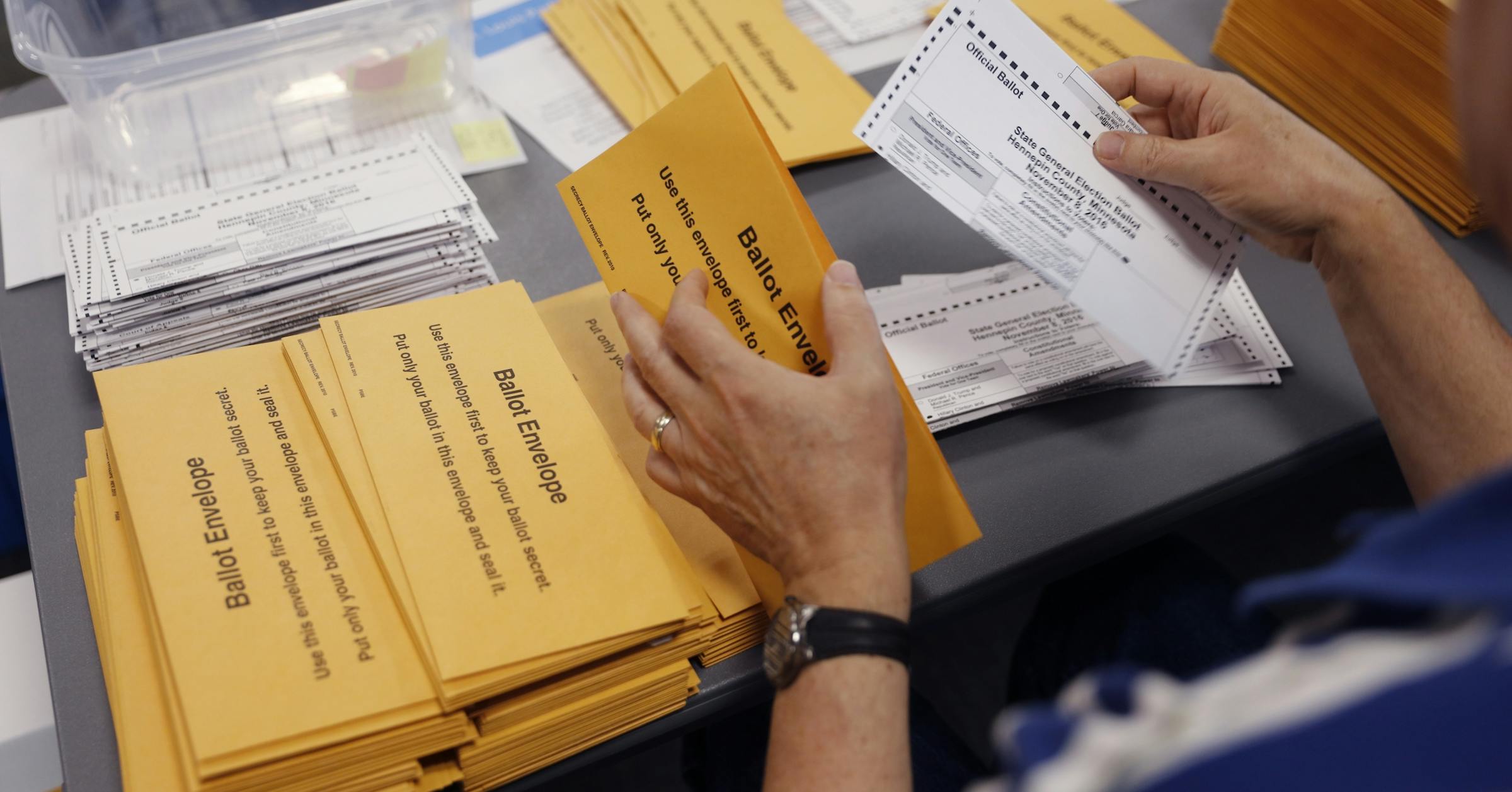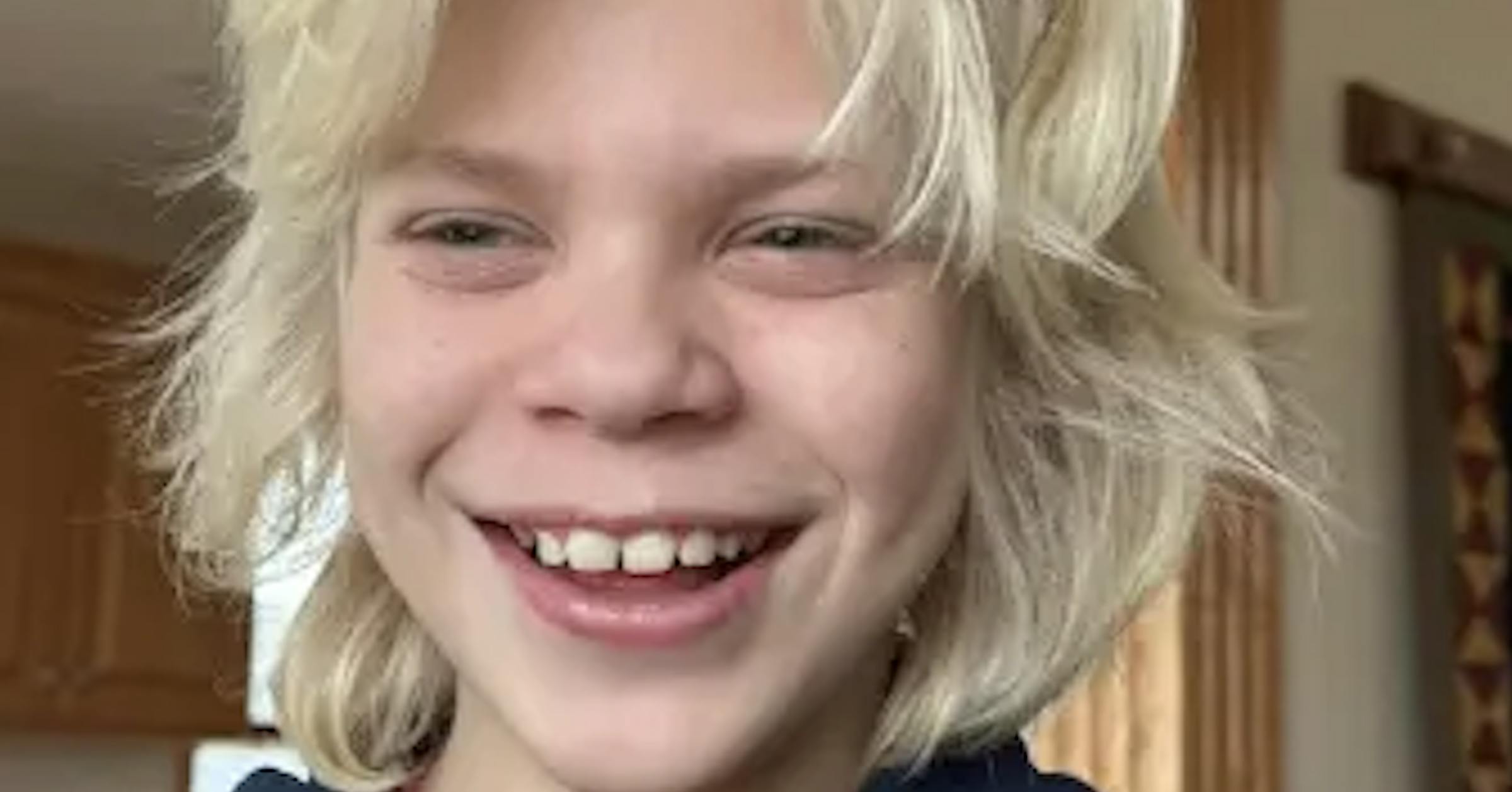Star Tribune
How many Native American boarding schools were there in Minnesota?

Listen and subscribe to our podcast: Via Apple Podcasts | Spotify | Stitcher
The discovery of an unmarked mass grave of child students at the former Indigenous boarding school in Kamloops, British Columbia, in May 2021 sent shockwaves through Canada.
Other similar graves were later discovered across the country, sparking a period of mourning amid an ongoing conversation about the effects of trying to wipe out Indigenous ways of life.
Those revelations have also drawn more attention to the history of such schools in the United States, and the generational trauma they inflicted on Native Americans.
A reader wanted to know how many Native American boarding schools existed in Minnesota, as well as who ran them and where they were located. They sought answers from Curious Minnesota, the Star Tribune’s community-based reporting projected fueled by reader questions.
Boarding schools were a tool of colonization, intended to assimilate Native Americans into white, Christian culture. The goal was to “kill the Indian and save the man,” according to Captain Richard H. Pratt, who started the country’s first federally funded, off-reservation Native American boarding school in Pennsylvania in 1879. Native families were denied federal rations if they did not send their kids to the schools, and children were forbidden to speak their own languages or practice their cultural traditions.
Research by Denise Lajimodiere, a retired North Dakota State University professor and a member of the Turtle Mountain band of Chippewa Indians, shows that the schools were rife with sexual abuse, violent methods of discipline and poor medical care and living conditions. Though the stated goal of the schools was to help students join the Western economy, Lajimodiere’s research found that in practice, most students were trained as menial laborers, and sometimes even involuntarily rented out to white families.
Lajimodiere’s book “Stringing Rosaries: The History, the Unforgivable, and the Healing of Northern Plains American Indian Boarding School Survivors” collects 16 survivor testimonies of children forcibly taken from their families and mistreated.
How many schools?
The basic operations of Native American boarding schools have been well documented, but specific details about Minnesota’s sites are murkier. For one, there isn’t a straightforward answer about how many schools there were in the state.
In 2021, the Minnesota-based National Native American Boarding School Healing Coalition (NABS) released a list of 367 known boarding schools in the United States. It included 15 boarding schools in Minnesota.
But Lajimodiere, a former president of NABS and one of its founding members, has identified 16 schools in her research.
Then there is the tally by the Federal Indian Boarding School Initiative, which was started in 2021 by Secretary of the Interior Deb Haaland to investigate abuse in the boarding school system. That list names 21 schools in Minnesota.
There are three different numbers in part because of differing definitions of what counts as a residential school, and in part because information is still being gathered on the schools.
NABS and the federal initiative are trying to track down more schools and additional information about known schools. Knowing how many students were enrolled and the years each school operated, for example, is critical for a more complete understanding of the damage done.
Scattered across Minnesota
Minnesota’s boarding schools were located all over the state, pulling from all 11 reservations and holding dozens or hundreds of students at a time.
Many offered day school programs and eventually went back to exclusively day programming after federal funding for boarding programs ran out, according to federal initiative findings. Several were run by Catholics, but all schools regardless of denomination aimed to stamp out tribal beliefs in favor of Christianity.
The state’s first such school was White Earth Indian School, which opened in 1871 and took up to 110 children at a time during its peak years. That school closed in 1919.
Schools in Morris, St. Joseph, Collegeville and Avoca had “industrial” in their name, examples of the ostensible focus on training Native Americans to enter the workforce.
Federal initiative data shows that in Collegeville, 47% of students enrolled in St. John’s University were from the St. John’s Indian Industrial School in 1888. Morris Industrial School for Indians saw over two thousand children attend between 1887 and 1908.
St. Mary’s Mission in Red Lake operated as a boarding school in the first half of the 20th century. It still operates today as a Christian-based elementary school.
Many survivors are unwilling or unable to talk about memories that caused such profound trauma, according to NABS. Creating an ethical framework to support those who are willing to share their stories — before, during and after their testimony — requires considerable care and delicacy. And the sheer scale of the work yet to be completed can be an obstacle of its own.
“All I did was just list the schools I could find, and it took me a year to just find the boarding schools for Minnesota alone,” Lajimodiere said.
She added: “I’m a retired professor, so I no longer have funding to try to travel and spend months and years doing that research for even one state.”
More recognition
Lajimodiere said interest in American boarding schools has grown significantly since the Kamloops discovery. By contrast, she recalled hearing in the 1990s about legal settlements relating to Canada’s boarding schools.
“So Canada’s been doing this since 1996, been involved with trying to do healing and awareness of the horrors of the residential school era,” Lajimodiere said. “We just now are getting national attention [in America] within the last year.”
Lajimodiere is one of a handful of people in the U.S. consistently researching boarding schools in the past decade. Since Kamloops, she said she has done at least 60 interviews with global news outlets.
Lajimodiere has worked with Canadian counterparts who are part of the country’s Truth and Reconciliation Commission, attending meetings where survivors shared testimony and learning from how Indigenous communities are navigating the healing and reconciliation process.
While the discovery at Kamloops helped bring boarding schools to national attention, Lajimodiere stressed that Canada is decades ahead of the U.S. in the slow, messy process of moving forward.
“We don’t have a reconciliation committee,” she said. “I say that we haven’t even started the truth-telling.”
If you’d like to submit a Curious Minnesota question, fill out the form below:
Read more Curious Minnesota stories:
Which Indigenous tribes first called Minnesota home?
Did modern Minnesota roads evolve from Native American trails?
How did Minnesota’s Indigenous people survive the extreme winters?
How did Minnesota get its shape on the map?
What does ‘Minnesota’ mean and how did the state get its name?
The voyageurs helped power Minnesota’s historic fur trade. Who were they?
Star Tribune
Eagan parents of college runner who died by suicide settles suit with her coach and school
The Eagan parents of a college runner who died by suicide has settled their lawsuit that alleged their daughter’s cross-country coach at the time tormented her with demeaning comments in emails and texts about her weight and learning challenges.
The lawsuit was filed in U.S. District Court in Florida in June 2023 by Ray and Lynne Pernsteiner, the parents of Julia Pernsteiner, 23, who died in her Jacksonville University dorm room on Nov. 8, 2021. Her death came two months after the coach kicked her off the team, the suit contended.
The lawsuit named as defendants the university and former cross-country coach Ronald E. Grigg Jr., who coached women’s track and cross-country at the Division I school from 1998 until his sudden resignation in July.
The family’s attorney, Robert Spohrer, said that the case went to mediation, and there was “an amicable resolution of all issues” that led to the suit’s dismissal.
Spohrer said a strict confidentiality agreement among the parties prevented him from disclosing terms of the settlement.
Attorneys for Grigg and the university did not respond to messages left by the Star Tribune.
Messages were left Thursday with the law firms representing the school and Grigg. The defendants have yet to file any response in federal court to the allegations. The university said in a statement that it does not comment on pending litigation.
The suit contended that Pernsteiner’s constitutional rights were violated under the Americans with Disabilities Act and under Title IX because of discriminatory acts based on her gender.
Star Tribune
Hennepin County incorrectly appointed election judges

The state Republican Party and conservative legal groups filed a petition with the Minnesota Supreme Court on Wednesday claiming that Hennepin County did not appoint partisan election judges in the right way.
The party and two conservative groups, the Upper Midwest Law Center and the Minnesota Voters Alliance, want to know how Hennepin County appointed election judges to its absentee ballot board this year. The board’s work includes making sure signatures on absentee ballots match signatures on voter registration cards and deciding if a ballot is spoiled or not.
The central question of the lawsuit, according to Andy Cilek, executive director of the Minnesota Voters Alliance, is whether county elections officials have to exhaust lists of potential election judges provided by the political parties before selecting others for the absentee ballot boards, which are required to have a balance of Republican and Democratic election judges.
“We want to understand how this occurred,” said Minnesota Republican Party Chair David Hann.
The suit alleges no one from a list of 1,500 Republicans supplied by the state Republican party to the Secretary of State’s office were selected by Hennepin County. Hann said he did not know if any Republicans were selected to serve.
Ryan Wilson of the Upper Midwest Law Center said the group has not scrutinized lists of election judges in other counties to make sure they included names provided by the state Republican Party. Wilson said his group is focusing on Hennepin County because it has the most voters, and the most potential to have an impact, he said.
In a statement, Daniel Rogan, Hennepin County auditor, said absentee ballot board members were appointed in compliance with state law and guidance from the Secretary of State.
Star Tribune
Funeral date set for 13 year old boy run over at Minnesota haunted hayride

Funeral services for Alexander “Xander” Steven Mick will take place Monday at Discovery Church in Sauk Rapids beginning at 2 p.m.
The boy was injured Saturday after being run over by a wagon pulled by a tractor at the haunted hayride Harvest of Horror.
Xander was a unique child who loved Jesus with all his heart, said his mother, Teri Dahlberg Mick, in a statement.
“He was full of life, a junior black belt in taekwondo, played drums for worship team; he was in band, sang in choir, in robotics and soccer, and almost was an Eagle Scout,” she said.




GIPHY App Key not set. Please check settings